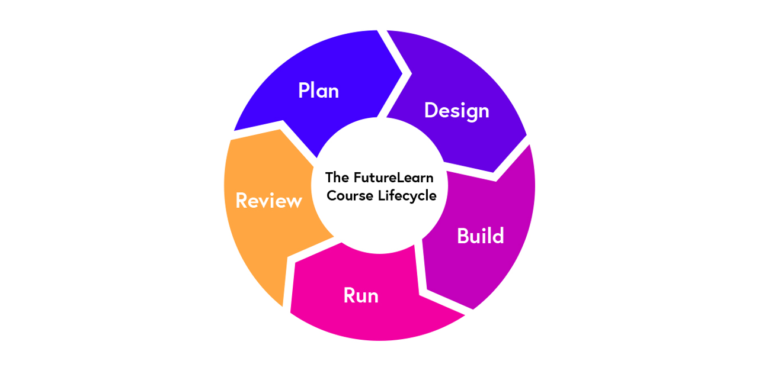Home / Study Skills / Curriculum and Learning Design / How To Teach Online: Moving online post-pandemic / Planning online teaching – where to start
This article is from the free online
How To Teach Online: Moving online post-pandemic


Reach your personal and professional goals
Unlock access to hundreds of expert online courses and degrees from top universities and educators to gain accredited qualifications and professional CV-building certificates.
Join over 18 million learners to launch, switch or build upon your career, all at your own pace, across a wide range of topic areas.









